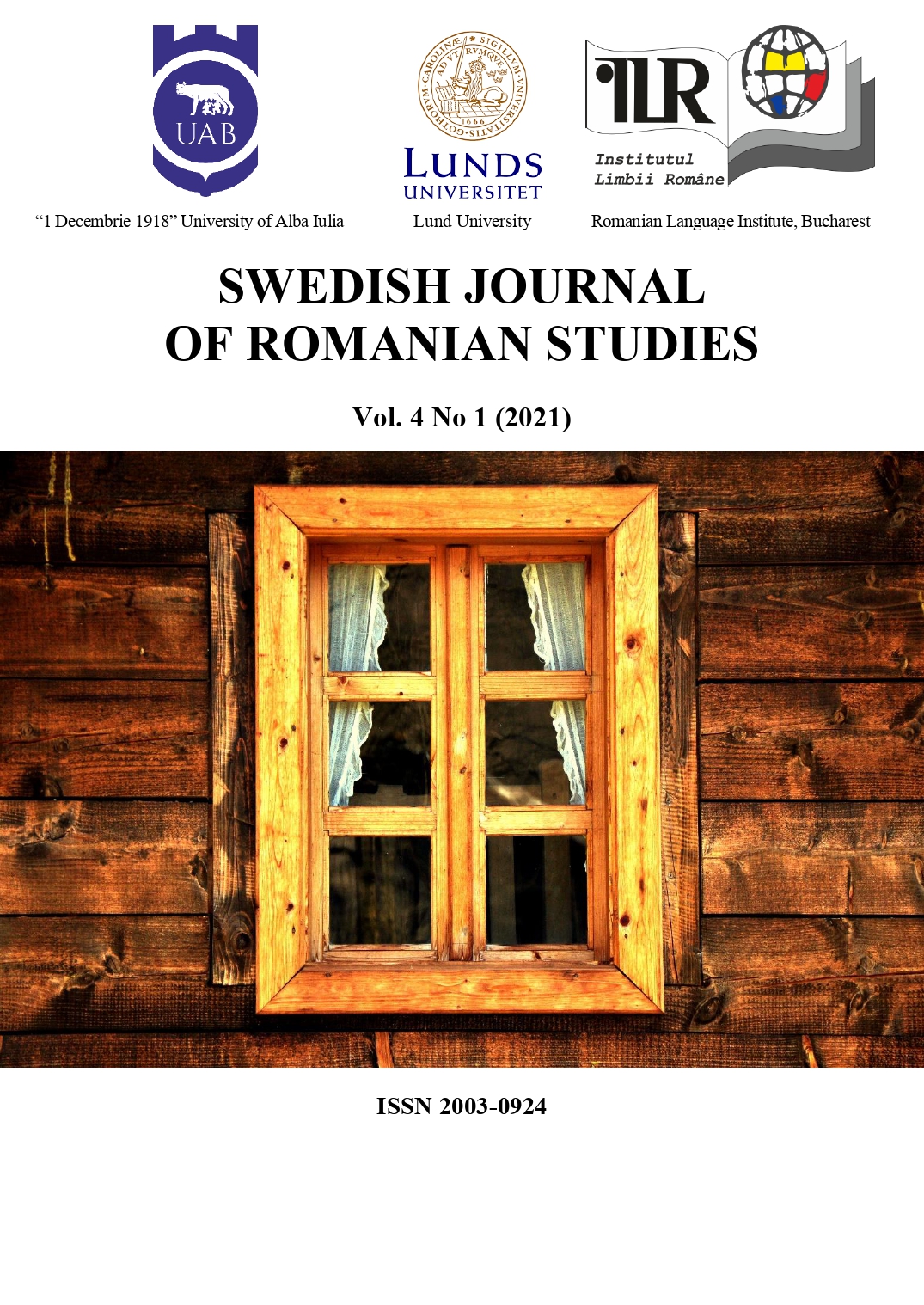Le musée de niche. Nouvel exploit dans la muséographie
The small museum. New exploitation in museography
Author(s): Mădălina Liana IACOBSubject(s): Anthropology, Cultural history
Published by: Språk- och litteraturcentrum, Lunds Universitet
Keywords: anthropology; museum; art cultural studies;
Summary/Abstract: In all the complexity of the museum study, there is a slight border that deserves all the attention of the researchers: the one of the niche museums. This work starts from the idea according to which the museum becomes a symbol of cultural practice in the contemporary era. In addition to the successful museums that are being built and built in the city, there is a new tendency to transform some spaces into small museums. These, in full process of heritage building, can highlight a series of features and characteristics of a society. The research of the niche museum starts from Ulf Hannerz, who says in his study that anthropology must renew its limits, it must take into account urban life. Researchers should not focus only on rural areas, in small, homogeneous communities, especially as they are outside Western societies Urban anthropology must be based on a range of social and cultural phenomena that will rarely be found in rural areas and which must be analyzed in the light of the diversity of human societies in general, says Ulf Hannerz, like the diversity of museums. From the chocolate museum, the lace museum, the cake museum, the cheese museum or the flower museum, all these culturally-rendered spaces are meant to anonymously remove some objects or crafts that are characteristic of a particular group and which subsequently become part of the immaterial cultural heritage. The Dictionary of Ethnology and Anthropology defines the study of anthropology regarding museography as a necessity inherent in the advancement of ethnography. Researchers such as Robert Park, Ulf Hannerz, Clifford Geertz, André Malraux or Chiara Bortolotto have studied the relationship of the museum with the city, thus implicitly with society. The conclusions they draw have the following aspect in common: the museum has the intrinsic ability to model and structure the immediate society.
Journal: Swedish Journal of Romanian Studies
- Issue Year: 4/2021
- Issue No: 1
- Page Range: 160-172
- Page Count: 13
- Language: French

